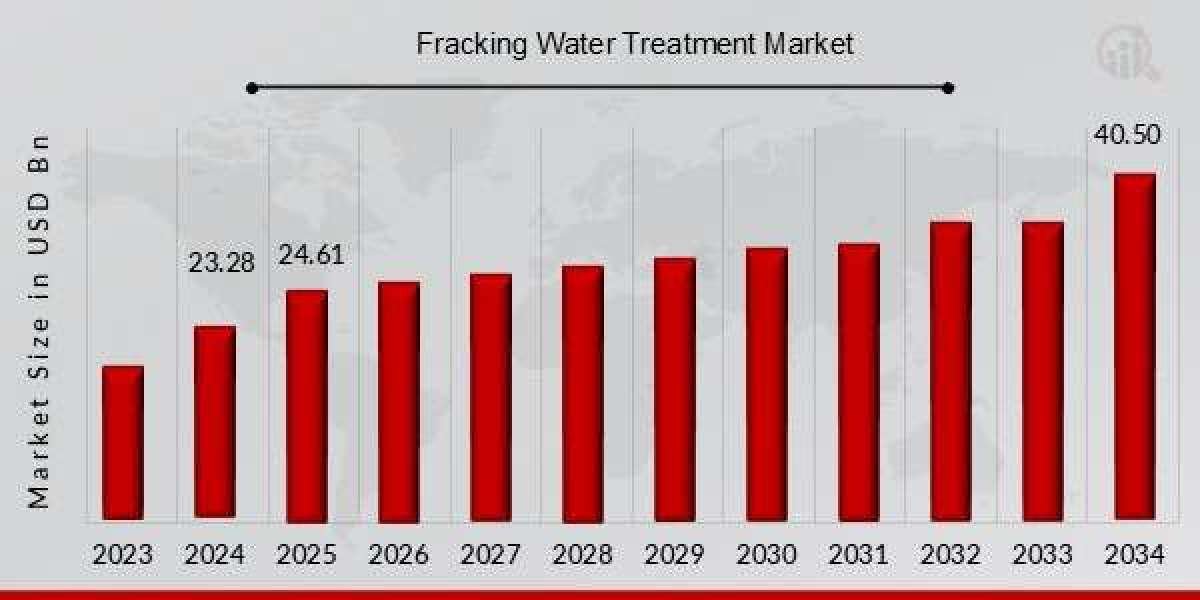The global Fracking Water Treatment Market was valued at USD 23.28 billion in 2024. It is projected to grow from USD 24.61 billion in 2025 to USD 40.50 billion by 2034, reflecting a compound annual growth rate (CAGR) of approximately 5.69% over the forecast period (2025–2034).
Market Drivers and Trends
- Rising Demand for Natural Gas: The surge in natural gas consumption has led to an increase in hydraulic fracturing activities, which in turn has escalated the volume of wastewater generated. This necessitates efficient water treatment solutions to manage and recycle the produced water.
- Technological Advancements: Innovations in water treatment technologies, such as membrane filtration, reverse osmosis, and electrocoagulation, have enhanced the efficiency and cost-effectiveness of treating fracking wastewater. These advancements are crucial in reducing the environmental impact and operational costs associated with hydraulic fracturing.
- Environmental Regulations: Stringent environmental regulations are compelling companies to adopt sustainable practices, including the treatment and recycling of fracking water. This regulatory pressure is a significant driver for the adoption of advanced water treatment technologies.
Regional Insights
- North America: The region dominates the fracking water treatment market, primarily due to extensive shale gas exploration activities in the United States and Canada. The presence of major shale plays like the Permian Basin and Marcellus Shale contributes to the high demand for effective water management solutions.
- Asia-Pacific: Countries like China and India are witnessing substantial growth in the market, driven by increasing energy demands and ongoing oil and gas exploration projects. The need for sustainable water management practices in these regions is propelling the adoption of fracking water treatment technologies.
Challenges
- High Operational Costs: The treatment of fracking wastewater involves significant costs, particularly when dealing with high concentrations of minerals and chemicals. The financial burden can be a deterrent for companies considering the implementation of advanced treatment systems.
- Water Scarcity: In arid regions, the availability of water for hydraulic fracturing is a concern. The reuse and recycling of produced water are essential strategies to address water scarcity issues, but they require investment in efficient treatment technologies .
- Regulatory Compliance: Navigating the complex landscape of environmental regulations can be challenging for companies. Ensuring compliance requires continuous monitoring and adaptation to evolving standards, which can be resource-intensive.
Future Outlook
The fracking water treatment market is poised for continued growth, with opportunities arising from technological innovations and increasing environmental awareness. Companies are investing in research and development to create more efficient and sustainable treatment solutions. The integration of digital technologies, such as artificial intelligence and machine learning, into water treatment processes is expected to enhance operational efficiency and decision-making



